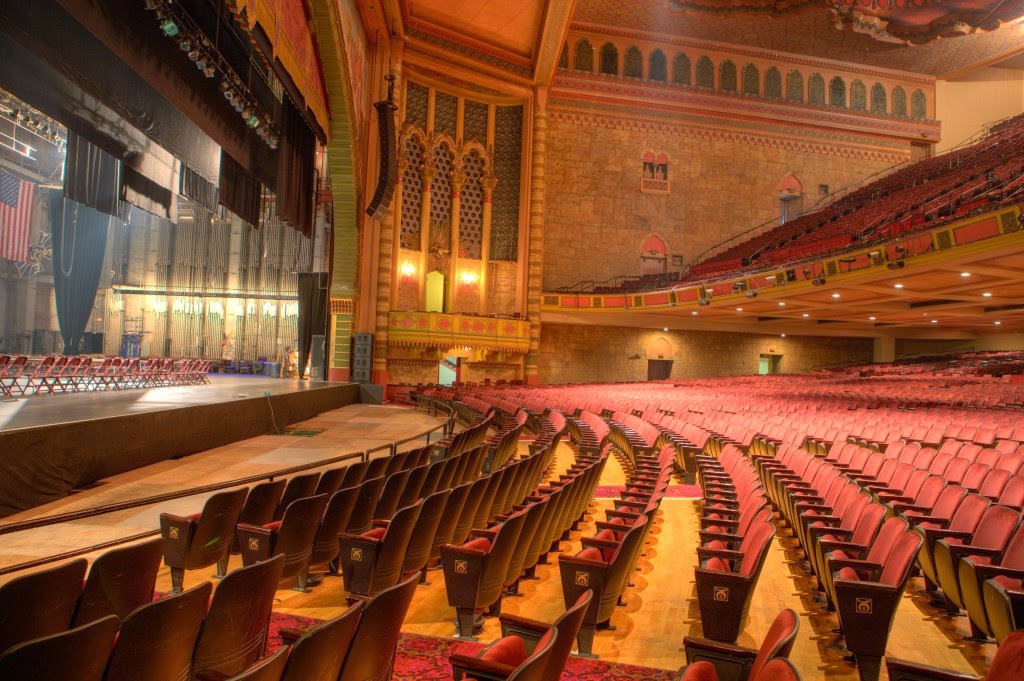For a long time now, I
have been disturbed by the rash of apocalyptic, end-of-the-world-as-we-know-it
films that have graced the local multiplex.
Of course, these epics of total annihilation are nothing new. Some of them have been made and remade
several times, a good example of which is Godzilla. Why is it that our art, whether it be a
science fiction novel or a disaster flick, seems obsessed with humanity’s
destruction? Is it wishful thinking on
our part, a sort of suicidal prayer that absent swimming out into Santa Monica
Bay until we sink, we can only fantasize about a giant fire-breathing lizard or
alien invasion that will take us all out in one fell swoop? Long ago, my parents warned us about viewing scary
movies before going to bed at night.
They predicted nothing but nightmares and insomnia, all of us hiding our
faces in our beds, fearful of what might be lurking behind the closet door left
slightly ajar. Horror never bothered me;
monsters never threatened my sleep. But
end of civilization as we know it could keep me up all night.
Over Memorial Day
weekend here in Los Angeles, humanity did not totally disappear, but the
absence of traffic on city streets was a welcome relief from the everyday
congestion that clogs the roadways even on non-holiday weekends. I went out both Saturday and Sunday, and
enjoyed not only empty streets, but vacant supermarkets and restaurants. No waiting anywhere. We just breezed right through. People were polite, and valet parking
attendants looked bored.
I used to think that
our obsession with end-of-the-world fantasies was a product of our own
pessimism. With the rise of weapons of
mass destruction, I just thought we were all simply throwing our nightmare
scenarios up on the screen or down on the page as a way of whistling past the
graveyard. Now I’m wondering if it is
not a perverse fantasy. There are too
many people jamming the highways and by-ways, too much coming at us from every
direction, too many wide-eyed crazy folks trying to get somewhere and in
reality, none of us can move or breathe, much less get to work on time.
So it was comforting to
travel those empty streets this weekend.
If only it were that light every day.
I hear that in Paris, everyone leaves the city during August and the
place becomes a ghost town. How
perfect! In Los Angeles, the people who
live here may leave town during the summer, but we receive twice their numbers
in visitors. On a balmy summer night on
Third Street in Santa Monica, one is more likely to hear a foreign accent—from another
state or another country—than a native Angeleno speaking the lingua franca of his home city, not that
people in Los Angeles have a recognizable accent, certainly not like people
from Boston or Queens or Arkansas.
I do not worry about
an invasion of aliens from space, or a giant lizard smashing the Vincent Thomas
Bridge. We are a greater danger to
ourselves than any Cineplex monster or body snatcher. I do not fear the zombie apocalypse. What scares me is that on Tuesday morning
after a long holiday weekend, the commuters cram the freeways and surface
streets once again, screaming and cursing and threatening as we all rush off to
wherever it is we must go. The streets
become gridlocked, tempers flare, and Godzilla rampaging through downtown would
actually be a welcomed distraction for those of us parked on the 110 freeway in
the heat of another summer waiting for the end to come, or at least the next
big holiday weekend.







